The Physics of Quantum Mechanics in Quantum Spintronics
Introduction
Quantum mechanics is a fundamental theory in physics that provides a description of the physical properties of nature at the scale of atoms and subatomic particles. Quantum spintronics, on the other hand, is a subfield of nanotechnology that exploits the quantum properties of electrons, particularly their spin, to create new ways of processing and transmitting information. This article delves into the physics of quantum mechanics in quantum spintronics, exploring the underlying principles, applications, and future prospects of this fascinating field.
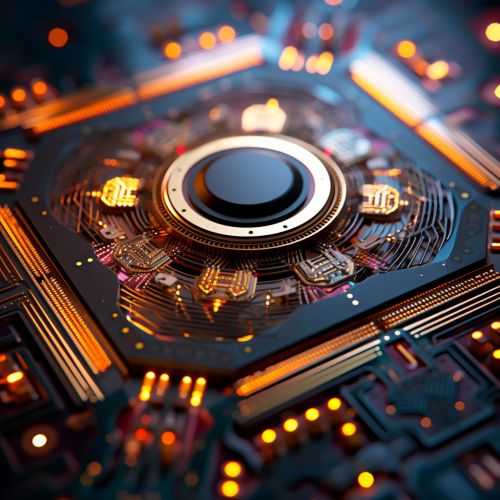
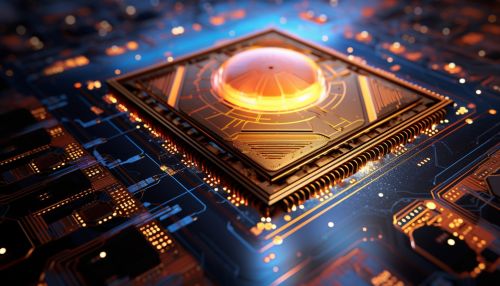
Quantum Mechanics: A Brief Overview
Quantum mechanics, also known as quantum physics or quantum theory, is a branch of physics that deals with phenomena on a very small scale, such as molecules, atoms, and subatomic particles like electrons and photons. It is a fundamental theory in physics that describes how these particles behave and interact with each other.


Wave-Particle Duality
One of the key principles of quantum mechanics is the wave-particle duality, which states that every particle or quantum entity can be described as both a particle and a wave. This principle is a central concept in quantum mechanics and is the basis for many of its predictions.
Quantum Superposition
Another fundamental principle of quantum mechanics is the concept of quantum superposition. This principle states that a physical system—such as an electron in an atom—can exist in multiple states simultaneously. However, when measured, the system is found only in one particular state.
Quantum Entanglement
Quantum entanglement is a phenomenon in which two or more particles become interconnected and the state of one particle can instantaneously affect the state of the other, no matter the distance between them. This phenomenon is one of the most intriguing aspects of quantum mechanics and is a key resource in quantum information science, including quantum spintronics.

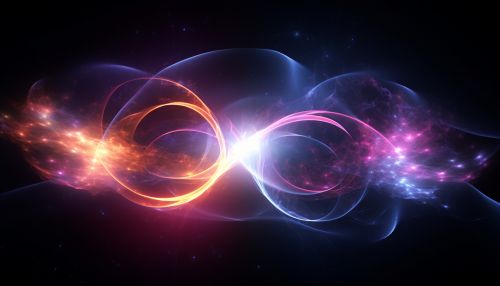
Quantum Spintronics: An Emerging Field
Quantum spintronics, also known as spin-based quantum information processing, is a rapidly growing field that combines aspects of quantum mechanics, spintronics, and information science. The aim of quantum spintronics is to develop new ways of processing and transmitting information using the quantum properties of electrons, particularly their spin.

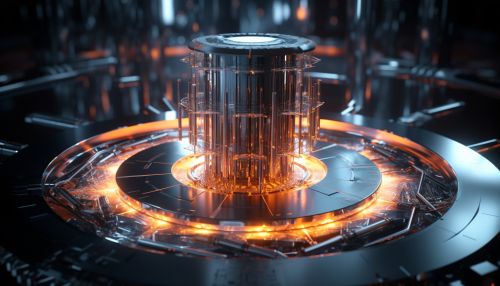
Spin and Spintronics
In quantum mechanics, 'spin' refers to the intrinsic angular momentum of a particle, which is a fundamental characteristic like its charge. In an electron, the spin can take one of two values: up or down. Spintronics, a portmanteau of "spin transport electronics", is a field that aims to use the spin of electrons to store, process, and communicate information.
Quantum Bits and Quantum Computing
In the context of quantum spintronics, the spin states of electrons are used to represent quantum bits, or qubits, which are the basic units of information in quantum computing. Unlike classical bits, which can be either 0 or 1, qubits can exist in a superposition of states, allowing them to represent both 0 and 1 simultaneously.
Applications of Quantum Spintronics
Quantum spintronics has the potential to revolutionize various fields, including computing, data storage, and telecommunications. For instance, quantum computers based on spintronics could perform complex calculations much faster than traditional computers. Moreover, spintronic devices could offer higher data storage capacity and faster data transfer rates than conventional electronic devices.

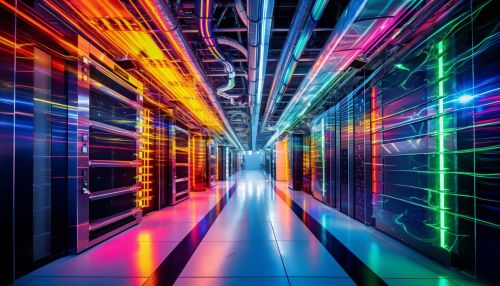
Future Prospects and Challenges
While quantum spintronics holds great promise, there are several challenges that need to be overcome to realize its full potential. These include the difficulty of controlling and measuring electron spin states, the need for materials with specific properties for spintronic devices, and the challenge of maintaining quantum coherence in these systems.
Despite these challenges, the future of quantum spintronics looks promising, with ongoing research and technological advancements paving the way for its practical implementation. As our understanding of quantum mechanics and spintronics continues to grow, so too will the possibilities for quantum spintronics.


